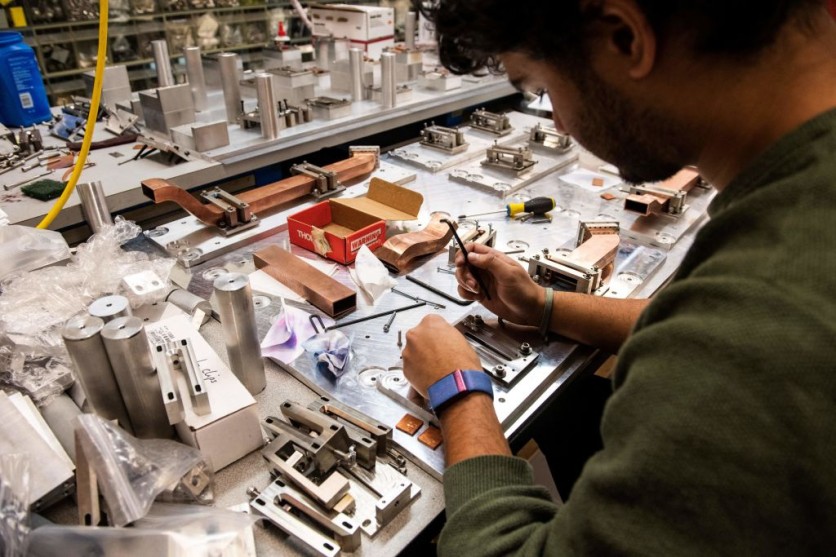Renaissance Fusion, a startup company based in Grenoble, has been working on nuclear fusion for the past years, and recently they were able to raise $16.4 million in funding that will allow them to reach their goals soon, as reported by TechCrunch.

The Stellarator Reactor
The nuclear fusion experiment that Renaissance Fusion is creating is different compared to the ones that are based on tokamaks. They are aware that it's going to be a challenging road ahead, but they plan to be able to ship a small nuclear fusion reactor with a GW capacity in the 2030s.
The plan is that the company would sell their reactors to plant constructors and operators instead of operating power plants directly.
Renaissance Fusion takes pride in using unique technology by simplifying the process by drawing tracks on a cylinder rather than designing three-dimension coils to generate a magnetic field.
After the calculation based on the magnetic field, the team will be able to determine the shape of the coils needed. The cylinder will rotate around an axis while a device moves left and right to engrave tracks with a laser on the cylinder's surface.
The cylinder blocks will then be combined together to form a reactor. Through this modularity, it will help with shipment and logistics.
On the other hand, the neutrons produced by the nuclear reaction inside the cylinder will use liquid Lithium to produce thick walls that will separate plasma from the outside world.
The liquid metal will also be used to extract heat from stellarator, which will create steam and be used to propel turbines. As a result, this will generate electricity.
This makes the company the only commercial fusion where liquid lithium faces plasma. Currently, they are creating liquid Lithium-based walls a centimeter thick. This will require many iterations before it can be used in nuclear fusion. The company estimates that this would require a thickness of 30 to 40 centimeters.
Also Read: Fusion Reactors, Seen As 'Holy Grail' Of Energy Search, Are Economically Viable, Study Says
Commercial Applications
In addition this, the company is already thinking about commercial applications that may be released even before 2030. For one, they believe that their coil patterning technology may be used for MRI and energy storage.
And with the new funding, it can increase the size of their team by the end of 2023. Still, it's still early days for the company and there are still a lot of progress that has yet to be seen in the coming years.
Nuclear Technologies in the Future
The events that have impacted the energy sector have shown the many benefits of nuclear technology. One of the nuclear technologies that are making big waves is the small modular reactor (SMR). An SMR can deliver energy transition in a cost-effective way and more reliably.
Related Article: Scientists Use World's Largest Laser to Generate a Breakthrough Fusion Reaction

ⓒ 2025 TECHTIMES.com All rights reserved. Do not reproduce without permission.




